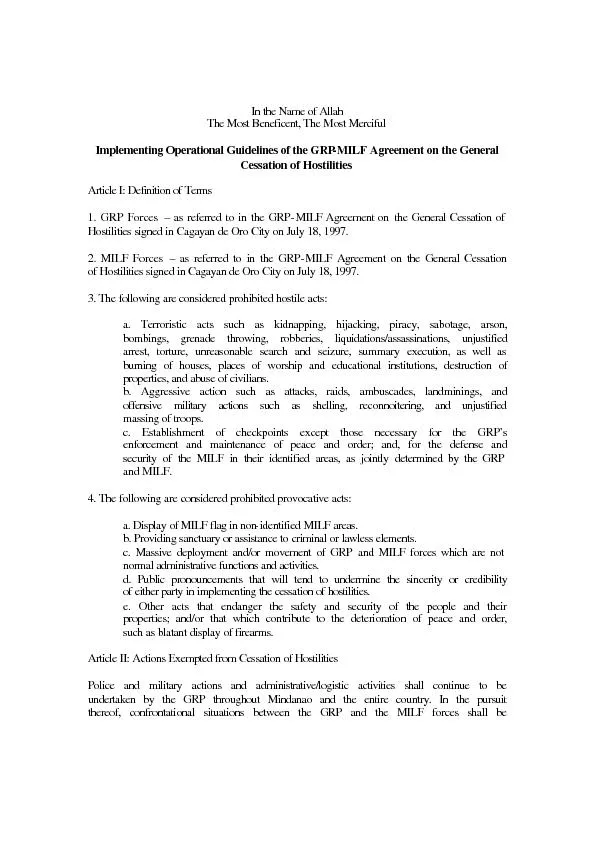PPT-In the name of Allah the Most Gracious the Most Merciful
Author : stefany-barnette | Published Date : 2016-06-16
2 Construction Management and Planning Float Total Float is Calculated by Subtracting Early Start and Duration from the Activitys Late Finish Time An Activity that
Presentation Embed Code
Download Presentation
Download Presentation The PPT/PDF document "In the name of Allah the Most Gracious t..." is the property of its rightful owner. Permission is granted to download and print the materials on this website for personal, non-commercial use only, and to display it on your personal computer provided you do not modify the materials and that you retain all copyright notices contained in the materials. By downloading content from our website, you accept the terms of this agreement.
In the name of Allah the Most Gracious the Most Merciful: Transcript
Download Rules Of Document
"In the name of Allah the Most Gracious the Most Merciful"The content belongs to its owner. You may download and print it for personal use, without modification, and keep all copyright notices. By downloading, you agree to these terms.
Related Documents














